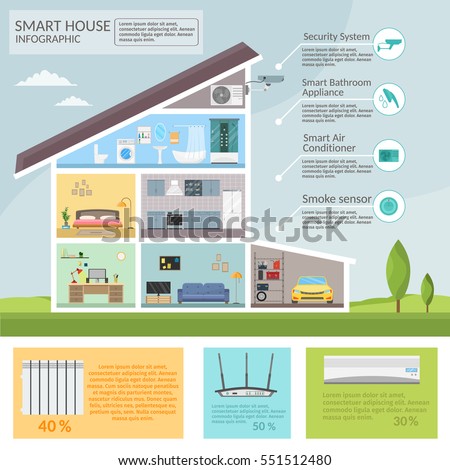The Ultimate Guide To Comprehending Warm Pumps - How Do They Work?
The Ultimate Guide To Comprehending Warm Pumps - How Do They Work?
Blog Article
Team Author-Roy Hanna
The best heatpump can save you substantial amounts of cash on power costs. They can additionally help reduce greenhouse gas exhausts, particularly if you utilize electrical energy instead of fossil fuels like lp and heating oil or electric-resistance furnaces.
Heat pumps work very much the like a/c unit do. This makes them a sensible choice to typical electrical home heating unit.
How They Work
Heat pumps cool down homes in the summertime and, with a little assistance from power or natural gas, they provide some of your home's heating in the winter season. They're a good choice for individuals that wish to reduce their use of fossil fuels yet aren't prepared to change their existing heater and cooling system.
They rely on the physical fact that also in air that seems also cold, there's still power present: cozy air is constantly relocating, and it intends to move into cooler, lower-pressure settings like your home.
The majority of power celebrity accredited heatpump run at close to their heating or cooling ability throughout the majority of the year, decreasing on/off cycling and saving power. For the best efficiency, focus on systems with a high SEER and HSPF rating.
The Compressor
The heart of the heat pump is the compressor, which is likewise referred to as an air compressor. This mechanical flowing gadget makes use of prospective power from power production to raise the pressure of a gas by lowering its volume. It is different from a pump because it only deals with gases and can't work with liquids, as pumps do.
Climatic air goes into the compressor with an inlet valve. https://lukaspeqcm.blog-ezine.com/29413003/5-indicators-it-s-time-to-upgrade-your-furnace-to-a-heat-pump travels around vane-mounted arms with self-adjusting length that split the interior of the compressor, creating several tooth cavities of differing dimension. The rotor's spin forces these cavities to move in and out of phase with each other, compressing the air.
The compressor pulls in the low-temperature, high-pressure cooling agent vapor from the evaporator and presses it right into the hot, pressurized state of a gas. This process is duplicated as required to provide home heating or air conditioning as required. The compressor additionally has a desuperheater coil that reuses the waste warmth and includes superheat to the refrigerant, changing it from its fluid to vapor state.
The Evaporator
The evaporator in heatpump does the same point as it carries out in refrigerators and ac system, altering fluid refrigerant right into a gaseous vapor that removes warmth from the room. install heat pump would not function without this crucial tool.
This part of the system lies inside your home or building in an interior air trainer, which can be either a ducted or ductless device. It consists of an evaporator coil and the compressor that compresses the low-pressure vapor from the evaporator to high pressure gas.
Heat pumps take in ambient warmth from the air, and afterwards use electricity to transfer that warmth to a home or organization in home heating setting. That makes them a whole lot much more power reliable than electrical heating systems or furnaces, and since they're using clean electrical energy from the grid (and not melting gas), they likewise produce much fewer exhausts. see here 's why heatpump are such excellent ecological options. (As well as a substantial reason they're becoming so prominent.).
The Thermostat.
Heat pumps are great alternatives for homes in cool climates, and you can use them in mix with standard duct-based systems or perhaps go ductless. They're a great different to nonrenewable fuel source furnace or standard electric furnaces, and they're more sustainable than oil, gas or nuclear HVAC equipment.
Your thermostat is the most crucial component of your heatpump system, and it works very in different ways than a standard thermostat. All mechanical thermostats (all non-electronic ones) job by using substances that alter dimension with boosting temperature, like curled bimetallic strips or the increasing wax in an auto radiator shutoff.
These strips contain 2 various types of steel, and they're bolted together to create a bridge that finishes an electrical circuit linked to your cooling and heating system. As the strip gets warmer, one side of the bridge broadens faster than the various other, which causes it to flex and signify that the heater is required. When the heat pump is in heating mode, the turning around shutoff turns around the flow of cooling agent, to ensure that the outside coil currently operates as an evaporator and the indoor cyndrical tube comes to be a condenser.